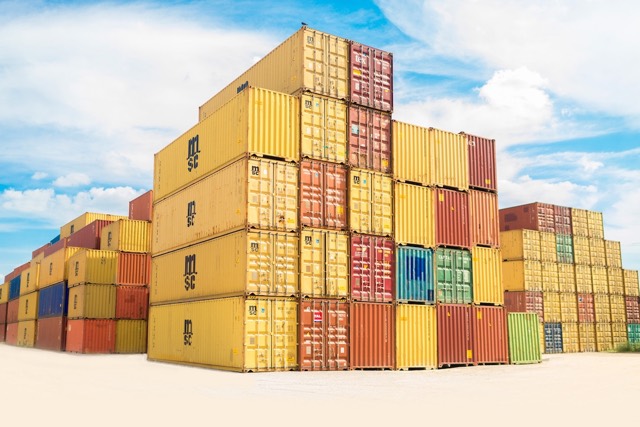10 Easy Steps to Set Up Fulfilment by Merchant
When using the Fulfilment by Merchant (FBM) model you need to make sure you’re ready for the different charges you will face as you begin to ship internationally. In order to do so, you should plan for everything beforehand. Here are ten suggestions to help you on your way.
 When using the Fulfilment by Merchant (FBM) model, you need to consider exactly how you are going to develop an order process that is seamless to your staff and your customers. Customers who are happy will be more loyal to your products, increase the frequency of their online visits and spend more.
When using the Fulfilment by Merchant (FBM) model, you need to consider exactly how you are going to develop an order process that is seamless to your staff and your customers. Customers who are happy will be more loyal to your products, increase the frequency of their online visits and spend more.
Get yourself organised and follow these steps:
1. Locate suppliers that will both manufacture and distribute your products on your behalf
Establish that the suppliers you’re working with are end-to-end manufacturers and distributors, so they handle every part of getting your product and shipping it to end customers
Both FBM and FBA methods can benefit from Amazon Prime, but FBA is the easier option, while FBM sellers need to work harder to gain credibility and Amazon Prime status.
2. Understand All Your Manufacturing & Distribution Costs
Figure out what the supplier is going to charge you to supply the product and costs of shipping to your end customer. Get a price sheet from your suppliers that itemises various costs and build cost models.
3. Understand extra costs of doing business internationally – tariffs, custom fees, taxes, and currency exchange
While it may be time-consuming, building an information database will ensure that you can set shipping prices confidently and that you won’t run into problems down the road.
4. Come up with the right operating procedures
Your operating procedure should help you solve any potential problems you might face across your business.
5. Set up proper e-commerce tools
For example, plugins for your platform can be built into your business to optimise order flow and speed up deliveries.
6. Test your e-fulfilment order workflow
We recommend testing out your order flow for a product to see how seamless the process is. You can also get a separate logistics company to do this for you. If you run into problems or bottlenecks, see how you can improve the experience.
7. Stock level management
Determine the average rate products are being ordered and ensure you bring in at least 10% more stock than leaves your warehouse within any given period (which helps with seasonal variances). If you have a bad month lower your next order. You don’t want too much stock, which can add to your storage costs.
8. Keep channels communicating
Make sure you place emphasis on continuous communication between various parties to bring cohesion to the whole process.
9. Offer shipping options customers want
Customers like to have choices on when and how they want their purchases delivered. Some want it as fast as possible, others are happy to pay less for one week deliveries. Have processes in place where each order is fulfilled according to the customer’s wishes.
10. Stock labelling and inventory warehousing
Locating stock in a warehouse can be the biggest time-waster and can jeopardise the order fulfilment's if not organised properly. Fulfilment organisations are able to do this for you, but if you are storing products on your own you should have a stock labelling and storage plan in place
Given some of these complexities of using the FBM model it makes sense to pay a potentially comparable amount to let Amazon manage fulfilment for you. This is known as the FBA model and you can also check out how to set up your FBA business in 10 steps if you click on this link.
There is so much to learn about selling on Amazon.
From how to set up your business for success to insider tips and tools, these guides cover every aspect of starting and building a business in the worlds biggest marketplace.











